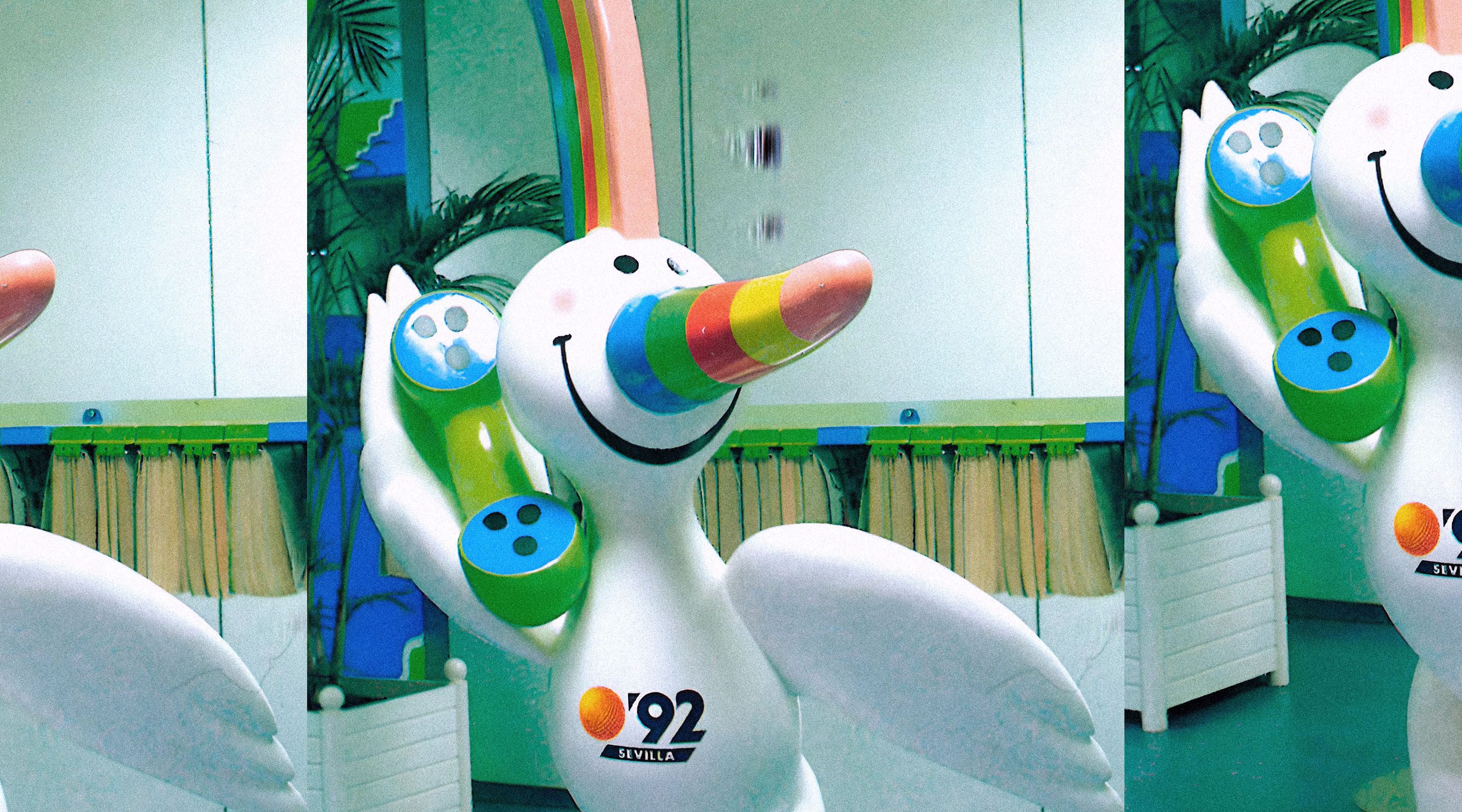
1992
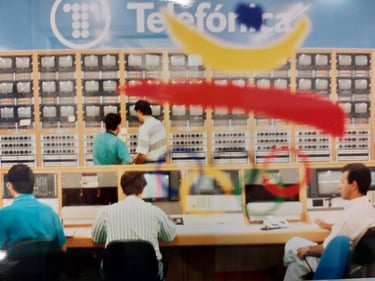
The Barcelona Olympic Games and the Seville Expo are a litmus test for telecommunications and Telefónica passes with flying colours. In the meantime, the rural cellular access telephony system is implemented, which would finally solve the problem of access to communications in the most isolated areas.
The year of Spain
01
1992 was the year to show itself to the world and technology was to be a key ally. Seville and Barcelona put Spain in the world spotlight in the year of the 500th anniversary of the discovery of America. The Olympic Games and the World Expo, as well as a showcase to showcase the best of our country to millions of visitors, sports fans and tourists from around the world, also served to put communications and technology to the test - and with flying colours. In fact, within the framework of the Expo 92 in Seville, we saw the launch into space of the first Spanish satellite (from French Guiana), Hispasat 1A, a project closely linked to Telefónica, which contributed knowledge and technology. Telefónica, after investing heavily, ensured that all the facilities and venues of both historic events could provide technological coverage for visitors, workers and the media. In addition, the company then began a commitment to support Olympic sport through sponsorship, Podium, which continues to this day.
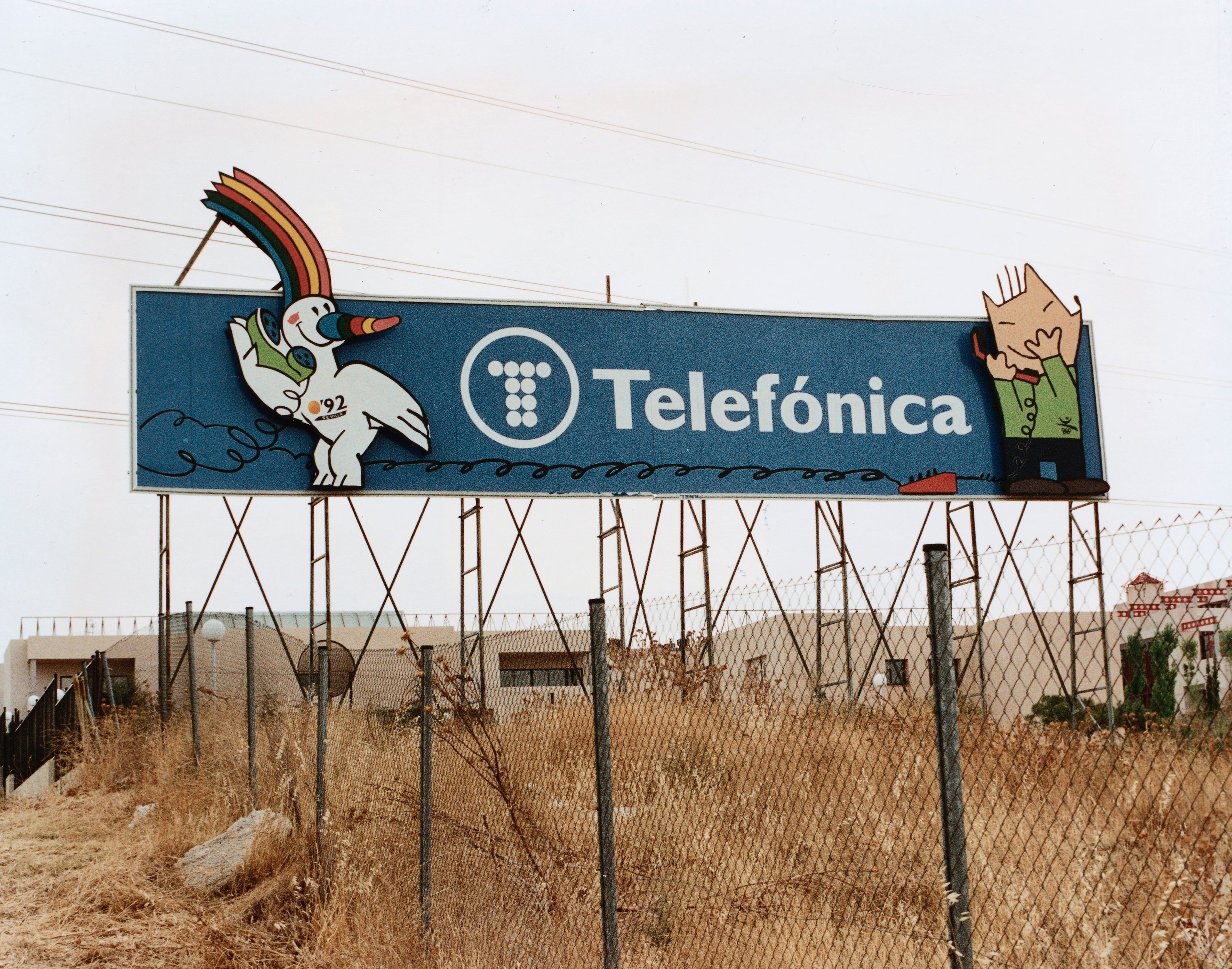
The solution for rural areas was TRAC
02
After successive rural telephony plans seeking the best method to extend this service - truly - universally, mobile telephony, still in its infancy, has come to provide the extra help that was needed. This new version was called TRAC, Rural Cellular Access Telephony, and was exactly that: the electronics of an analogue mobile phone - from Moviline at the time - connected to a landline phone at home. Thus, with the two great existing technologies supporting each other, hundreds of thousands of homes and businesses in rural areas were covered for decades, and Telefónica thus saw its last frontier covered.
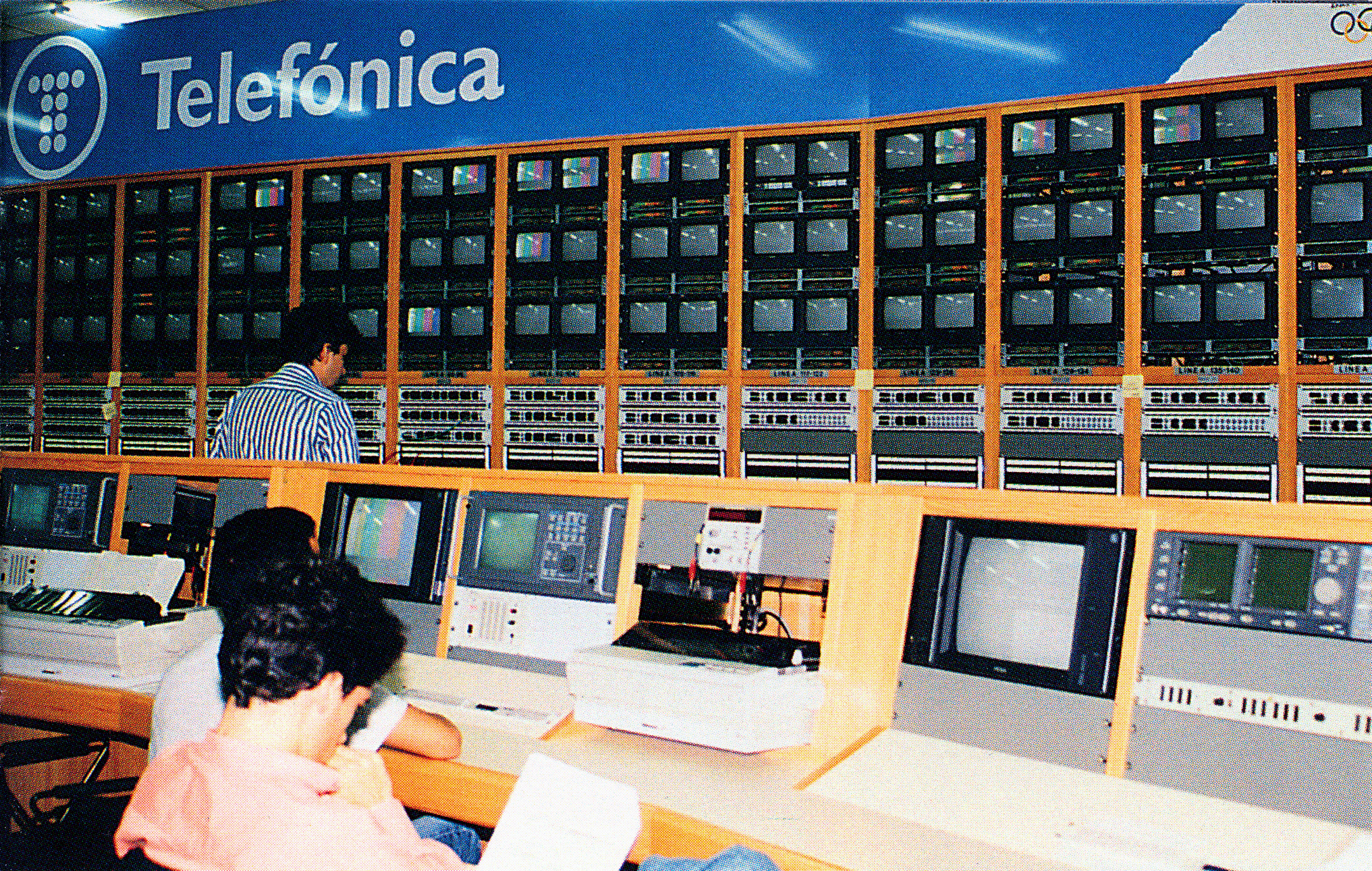
The Forma replaces the Teide
03
Before the explosion of mobile telephony, every new fixed-line handset created excitement in households. 1992 sees the launch of the Forma, a terminal with smooth lines, fairly flat and equipped with the necessary technology to make possible all the value-added services that the line was incorporating, from the network answering machine, the famous CAR - born of internal innovation and designed entirely by Telefónica employees -, call forwarding, three-way calling and automatic redialling.
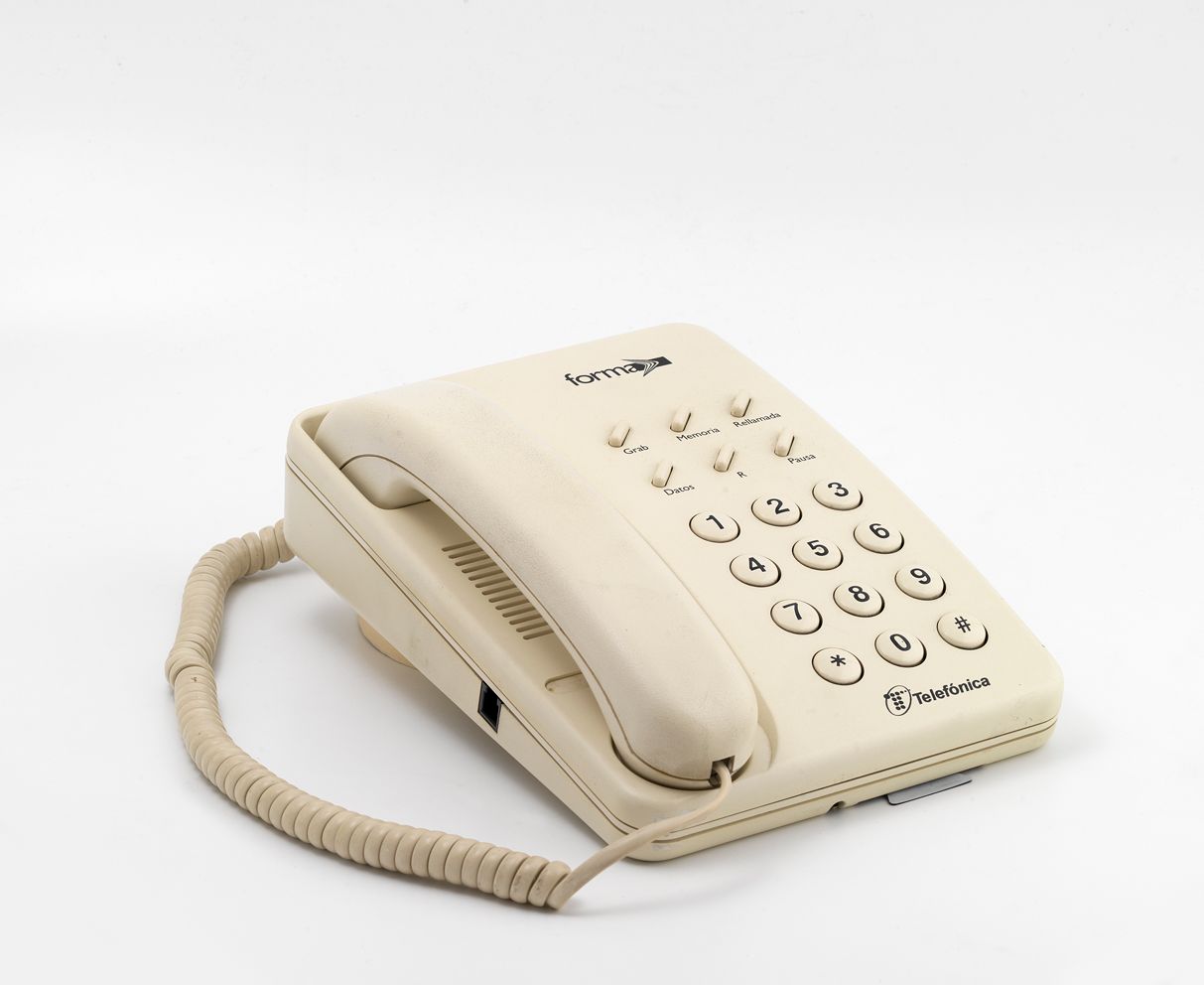
Do you have doubts about what happened?
Ask Aura